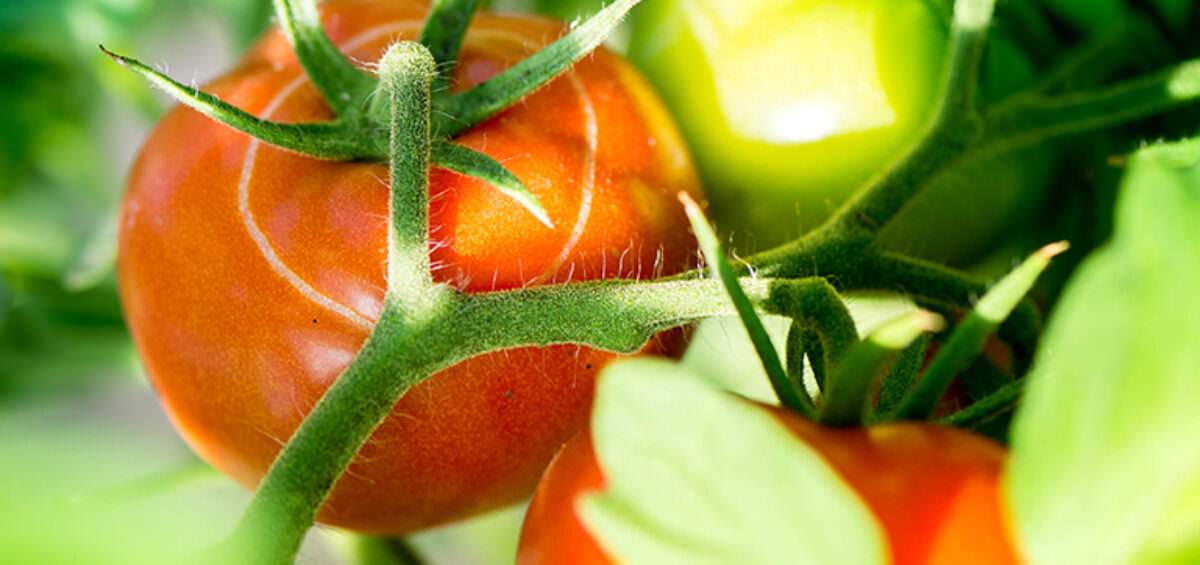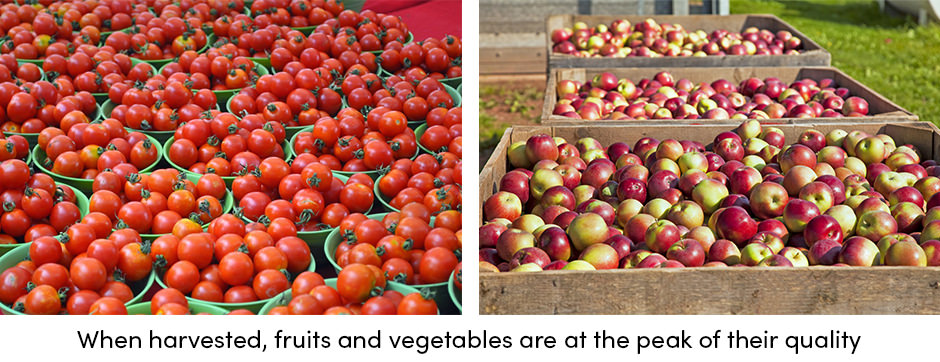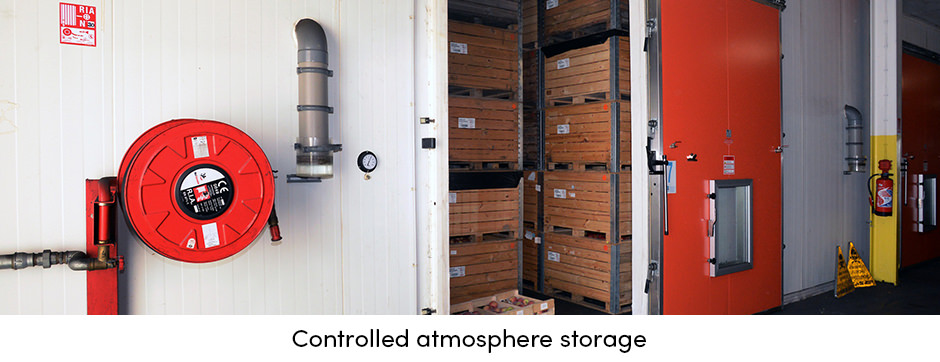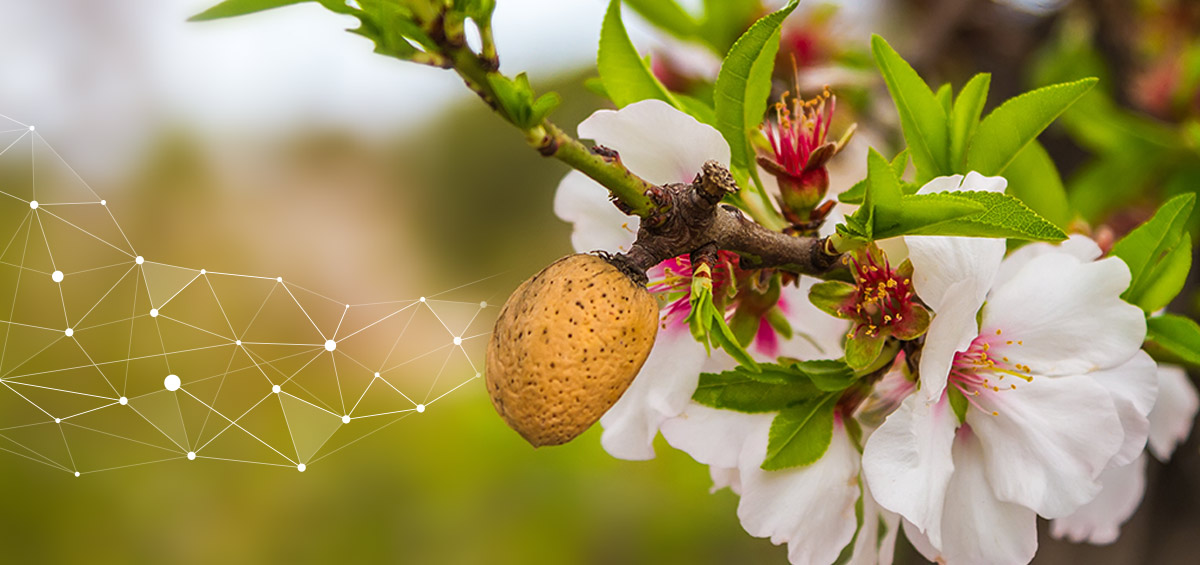When harvested, fresh fruits and vegetables are at the peak of their quality. From that moment on, their quality can’t be improved, it can only be deteriorated or maintained. For this reason, the next steps of farm management will be decisive for a farmer’s productivity and profitability.
The most successful farmers are aware of the fact that during the post-harvest management even the slightest detail matters. Post-harvest crop management is an extremely important factor that directly influences the final yield and questions a farmer’s reputation regarding the product quality. Only farmers who are able to deliver fresh and quality products to the market will justify the trust of their customers. In response to that, farmers can store their fruits and vegetables by using a completely advanced storage practice- controlled atmosphere storage.
What Is Controlled Atmosphere Storage?
Controlled atmosphere storage (also called CA storage) is a practice of storing fruits and vegetables under precisely regulated temperatures, humidity, and atmospheric conditions that are managed through optimal levels of oxygen, carbon dioxide, and nitrogen.
By lowering the temperature and the level of oxygen in the storage room, a farmer can reduce fruit respiration rate and slow down the process of ripening. CA storage also controls the levels of carbon dioxide, nitrogen, and humidity. Due to metabolic activity of respiring fruits and vegetables, as well as leakage of gases through walls and doors, the level of certain gases constantly changes. Therefore, CA storage periodically monitors and regulates optimal levels of gases according to predetermined conditions.
Each crop and variety will have its own optimal CA storage conditions. Being that apples are the most popular crop for storing in CA storage, the table below shows the recommended CA conditions for some apple varieties.
The Bright Side of Storing the Crop in CA Storage
Controlled atmosphere storage can be a valuable farm investment for several reasons.
1. CA storage reduces the rate of fruit respiration, slows down the process of ripening and significantly extends fruit storage life
2. CA storage maintains fruit firmness, flavor, and color
2. CA storage opens new strategic marketing opportunities for farmers; for instance, they may be able to respond to market demands by offering fresh products throughout the year.
Is It Too Good to Be True?
Like any other farm practice, CA storage has a few disadvantages. First, it’s a high-tech farm practice that costs much more than simple storage structures or cooling storage. Second, managing CA storage requires a certain level of knowledge. Finally, if the oxygen level falls below 1% in the absence of carbon dioxide, anaerobic conditions may prevail which may cause the formation of alcohol and physiological changes. Besides that, too high levels of oxygen and carbon dioxide can affect fruit metabolism.
However, when managed properly, CA storage is a remarkable way of preserving the yield and quality of fruits and vegetables. Getting the knowledge and the right information about proper farm management practices is something that can be done easily when farmers are persistent. Sometimes, it just takes a few clicks to get the right information.
And last but not least, farmers who are geared towards success will always find the way to raise funds for investments. After all, several farmers can always collaborate and collect the money to buy a CA storage.
In other words, for persistent farmers, decisive in their success, there is no such thing as an obstacle.
Image sources: StartupTipsDaily || Innatis









